Altissimo Register
- Equipment
- Embouchure
- Tongue and throat position
- How to practice altissimo
- Resources
- Standard repertoire using altissimo
- Altissimo fingerings
Equipment
- Clarinet: no wobbling between joints, pads seal well and pad heights are correct
- Mouthpiece: a professional quality mouthpiece, which costs between $50 and $150. Feel free to ask me for advice.
- Reeds: Vandoren, Vandoren V12, Vandoren German Cut, Grand Concert, Zonda or Olivieri depending on the facing specifications of your mouthpiece and the tone quality that you want
Embouchure
- Develop a "pointed chin" embouchure so you can control the force of the bottom lip against the reed. Use a mirror to check your chin position. Roll your bottom lip over your bottom teeth the normal amount (most of the fleshy portion) and put a finger against the front surface of your top teeth. Stretch your top lip against your upper gum and then push your finger down and off the teeth with the top lip. This action will put the chin muscles in correct position.
- Experiment to find optimal amount of mouthpiece and reed in your mouth.
- Play with the pressure point of the bottom lip on the slightly thicker, stiffer portion of the reed by taking minutely more reed into your mouth. Do this by slightly rocking your bottom lip down the reed. The space between your top and bottom teeth will widen.
- Be aware if you are biting (don't do it!) on the reed. For best tone quality use only enough jaw pressure to prevent the note from being flat and to hold the mouthpiece steady.
Tongue and Throat Position
- In general, when playing the clarinet place your tongue in a high position (say "EEE") with the sides of your tongue against your gums or teeth in the top back of your mouth, making a narrow passageway between your tongue and the roof of your mouth. Blow cold fast air like blowing out a candle.
- For altissimo use a slightly more open throat (say "ahhhh" a little bit). Exception: When differentiating between notes e" and a", using RH Eb/Ab key for both, use "EEE" throat position for a," with the pressure point of the bottom lip on the reed a little closer to the tip than normal. Practice alternating between e" and a" using the same fingering (LH: T,R,2,3. RH: Eb key) for both.
- The tip of the tongue is used gently for articulation.
How to Practice Altissimo
- Practice slowly and listen carefully.
- Use an electronic tuner to train your ear, lip, and throat.
- Play chromatically ascending long tones.
- Slowly practice one octave chromatic scales progressing higher and higher.
- Extend the range of your scale and arpeggio practice.
- Play altissimo passages one octave lower to confirm you are playing the correct altissimo notes (also listen for intonation).
- Play consecutive altissimo notes with the most logical and uncomplicated fingerings that work well together.
- Invent your own fingerings.
- Play flute and violin music.
- Play contemporary music.
- Listen to recordings that use altissimo.
Resources
- Drushler, Paul, The Altissimo Register: A Partial Approach. Rochester, NY: SHALL-u-mo, 1978.
- Ridenour, Thomas, Clarinet fingerings, A comprehensive guide for the performer and educator. Kenosha, Wisconsin: Leblanc Corporation, 1986.
Selected Standard Repertoire Using Altissimo
Solo and chamber works
| Bartók | Contrasts for Violin, Clarinet, and Piano |
| Berg | Vier Stücke |
| Bernstein | Sonata |
| Brahms | Sonatas, Trio, and Quintet |
| Copland | Concerto |
| Debussy | Premiere Rhapsodie |
| Finzi | Five Bagatelles |
| Martino | Set for Unaccompanied Clarinet |
| Messiaen | Quartet for the End of Time |
| Mozart | Concerto |
| Muczynski | Time Pieces |
| Nielsen | Concerto |
| Poulenc | Sonata |
| Rosza | Sonatine |
| Stravinsky | Three Pieces for Solo Clarinet |
| Weber | Concertos Nos. 1 & 2 |
Orchestral Works
| Beethoven | Symphony No. 8 |
| Borodin | Polovtsian Dances |
| Brahms | Symphony No. 3 |
| Dvorak | New World Symphony |
| Liszt | Hungarian Rhapsodies Nos. 2 & 3 |
| Moussorgsky | Night on Bald Mountain |
| Prokofiev | Classical Symphony |
| Rimsky-Korsakov | Capriccio Espagnol |
| Rimsky-Korsakov | Scheherazade |
| Shostakovitch | Symphony No. 5 |
| Sibelius | Symphony No. 4 |
| Strauss | Don Juan |
| Strauss | Till Eulenspiegel |
| Stravinsky | The Firebird |
| Stravinsky | Petrouchka |
| Tchaikowsky | Nutcracker |
| Tchaikowsky | Symphony No. 6 |
| Wagner | Siegfried Idyll |
And many, many, many more contemporary pieces.
Altissimo fingerings
Copyright Gregory Barrett 2019
These fingerings are the most used; there are many others. For each note they are listed from the generally most useful to more specialized. Many other fingerings are helpful in trills and tremolos.
| C6 | C#6 | ||||||||
 |
 |
 |
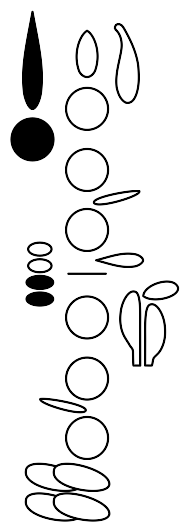 |
 |
 |
||||
| D6 | |||||||||
 |
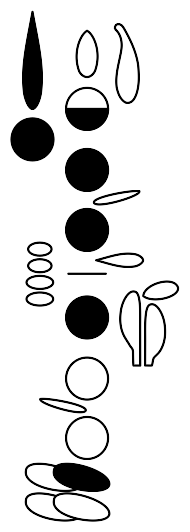 |
 |
 |
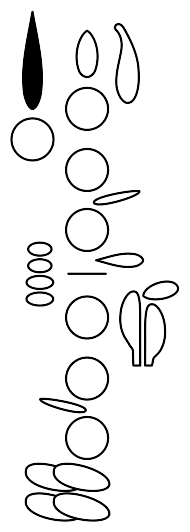 |
 |
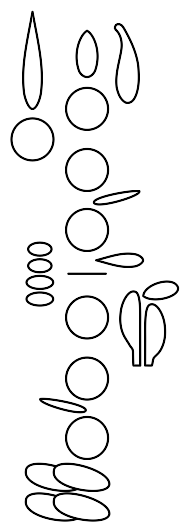 |
 |
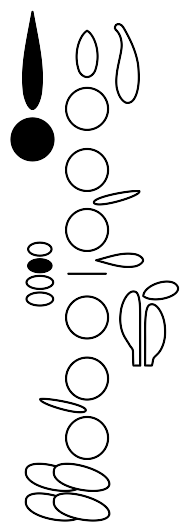 |
|
| D#6 | |||||||||
 |
 |
 |
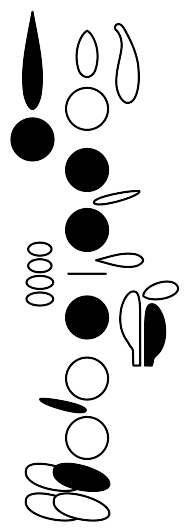 |
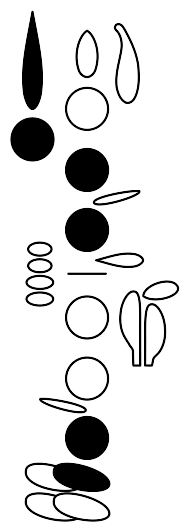 |
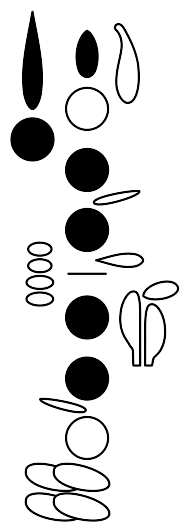 |
||||
| E6 | F6 | ||||||||
 |
 |
 |
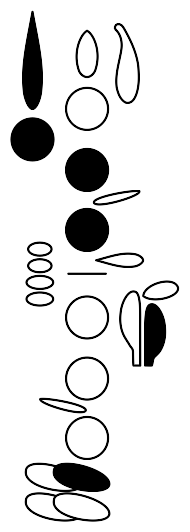 |
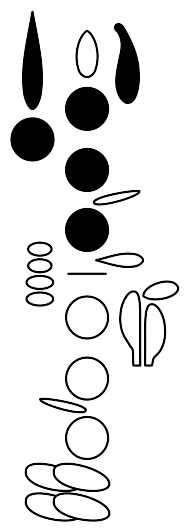 |
 |
 |
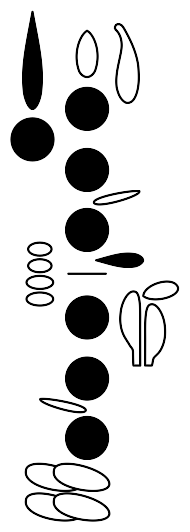 |
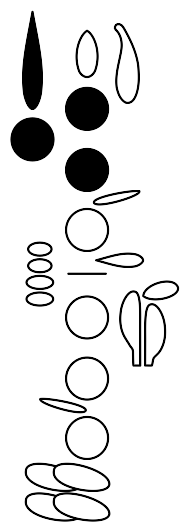 |
|
| F#6 | |||||||||
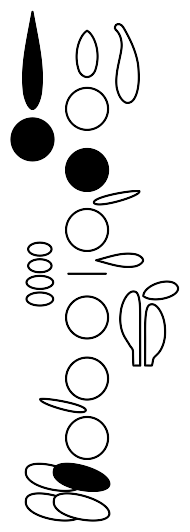 |
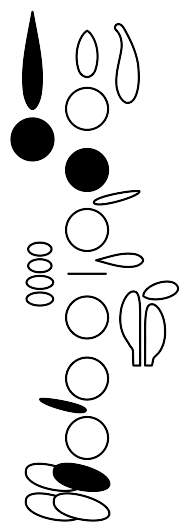 |
 |
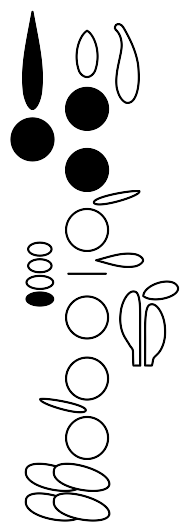 |
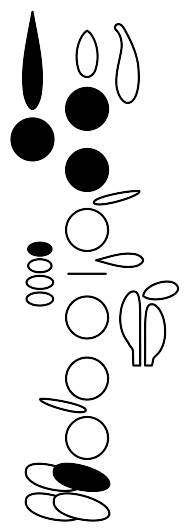 |
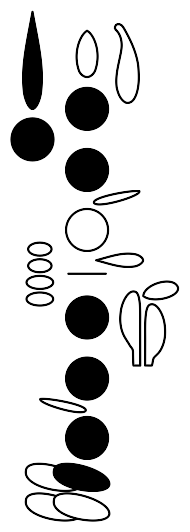 |
||||
| G6 | |||||||||
 |
 |
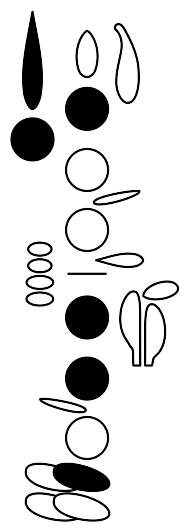 |
 |
 |
 |
 |
 |
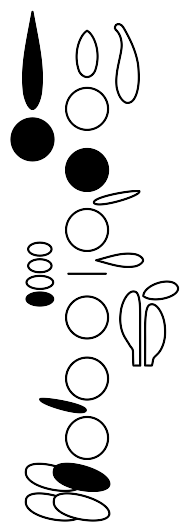 |
|
| G#6 | A6 | ||||||||
 |
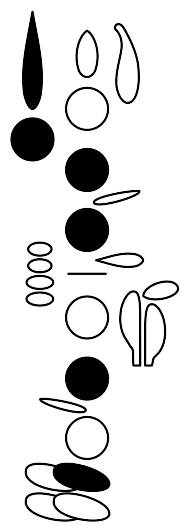 |
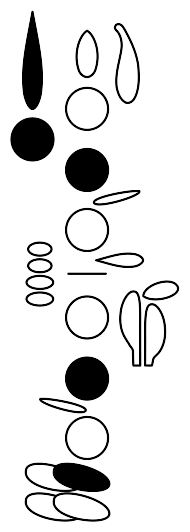 |
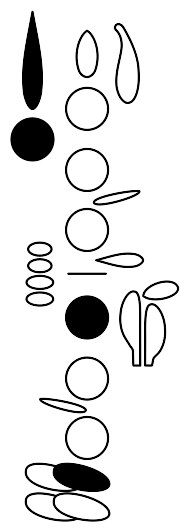 |
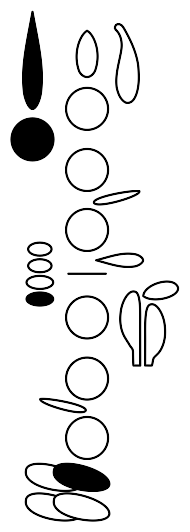 |
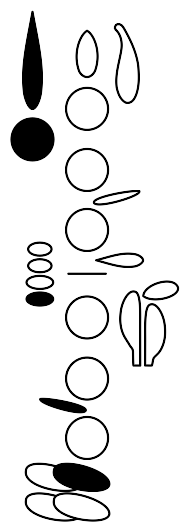 |
 |
 |
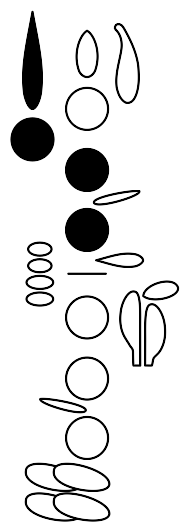 |
|
| Bb6 | B6 | C7 | |||||||
 |
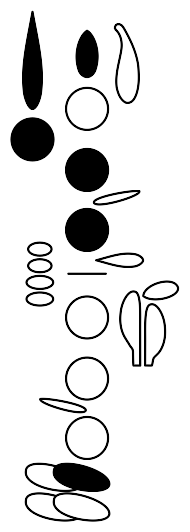 |
 |
 |
 |
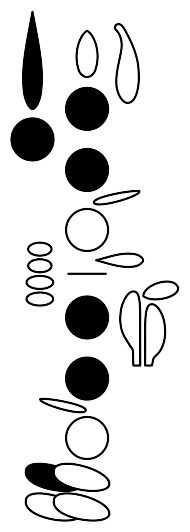 |
 |
 |
||
| C#7 | D7 | ||||||||
 |
 |
||||||||
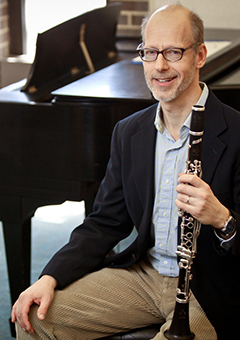
Contact
Gregory Barrett
NIU School of Music
1425 W. Lincoln Highway
DeKalb, IL 60115
815-753-8004
gregbarrett@niu.edu